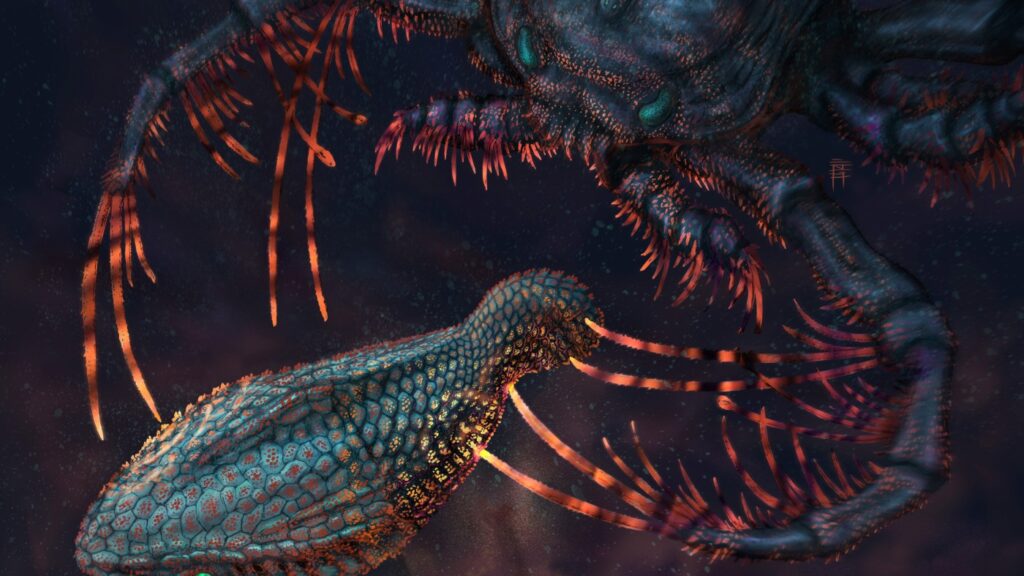The article discusses the evolutionary findings of Yara Khalidi, an evolutionary biologist at the University of Chicago, regarding the origins of human teeth sensitivity. Khalidi and her colleagues have traced this sensitivity back to the exoskeleton of ancient armored fish, suggesting that traits we have today evolved from structures present in fish that lived over 500 million years ago.
Initially, Khalidi studied a fossil thought to be Anatrepis, an early vertebrate, but discovered it was actually an invertebrate related to arthropods. This realization pushed back the timeline for the emergence of vertebrates by 20-30 million years. Despite feeling disheartened, she reoriented her research with the guidance of her advisor, Neil Shubin.
The study pivoted to examine the anatomical similarities between the armor-like structures of invertebrates and vertebrate teeth. Khalidi found that these ancient fish scales likely served sensory functions in their environment, similar to modern teeth. This connection indicates that our dental sensitivity has deep evolutionary roots, connecting back to ancient fish that could sense their surroundings, ultimately influencing the development of our teeth. The research emphasizes a continuous evolutionary narrative that links these ancient structures to human experiences like tooth sensitivity.
Source link


